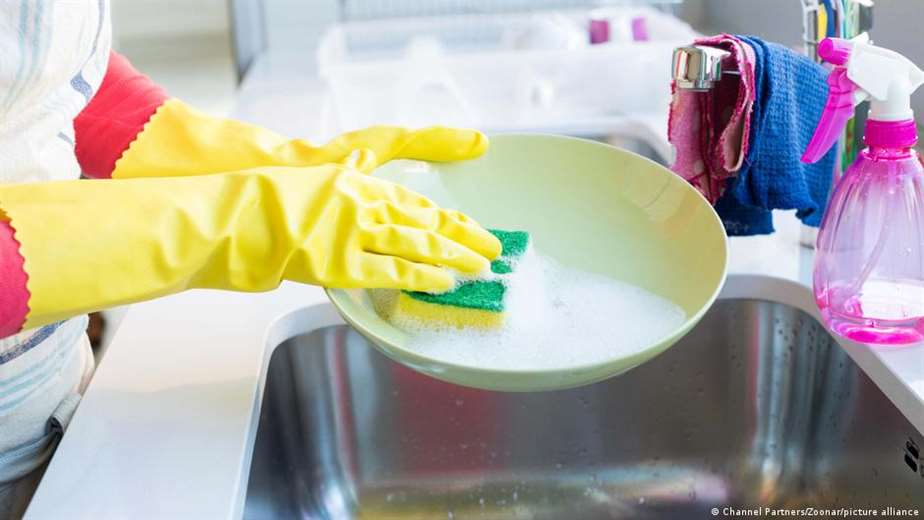Bioengineers at Duke University in the United States have discovered the real reason why your kitchen sponge is a better incubator of various bacterial communities than a laboratory Petri dish, according to a study published in the journal Nature Chemical Biology.
Although many believe that the direct culprit behind this cornucopia of microbes swarming on kitchen sponges is just the food debris trapped in it, American researchers have discovered that the sponge itself Common sponge structure facilitates and plays an important role in the multiplication of microbes.
In a series of experiments, they observed how the complexity and size of the structural environment surrounding microbial colonies affect their population dynamicsspecifically, the growth of different species of bacteria.
Bacteria in diverse communities and alone
According to the researchers in a statement published by Duke University, some bacteria thrive better in a diverse community, while others prefer solitude. A physical environment that allows both types of bacteria to thrive leads to higher levels of biodiversity.
“Bacteria are like people living through the pandemic: some find it hard to be isolated while others thrive,” Lingchong You, a professor of biomedical engineering at Duke, said in the statement.
“We have shown that in a complex community that has both positive and negative interactions between species, there is an intermediate amount of integration that will maximize their overall coexistence,” he added.
According to biomedical engineers, the research could help industries that they use bacteria for tasks such as cleaning up pollution determine which framework environments they should use. For example, there are companies that use many bacterial species to manufacture products such as alcohol, biofuel and medicines or to carry out environmental cleanup tasks.
The experiments
In reaching their conclusions, the Duke researchers they genetically modified 80 strains of E. coli to be able to follow the growth of their population.
Next, according to the statement, mixed the bacteria in various combinations in laboratory growth plates with a wide variety of potential living spaces ranging from six large pits, allowing them to mix freely, to 1,536 tiny pits, mimicking conditions in which species can sustain themselves alone.
The team found that regardless of the size of the pits, the end result was the same: in each type of pit, only two species survived. This is because in the smaller wells a handful of strains evolved into a single community in which only two thrived, while in the larger wells a wide range of species was reduced to just two by the end of the experiment.
“The small portioning really hurt the species that depend on the interactions.”s with other species to survive, whereas the large portioning eliminated the members that undergo these interactions (the solitaires),” You said. “But the intermediate portioning allowed for maximum diversity of survivors in the microbial community.”
The perfect home for microbes
Thus, the results indicate, according to the researchers – who also experimented directly with sponges – whyé this common kitchen utensil is such a useful habitat for microbes; it mimics the different degrees of separation found in healthy soil, providing different layers of separation combined with different sizes of common spaces.
“It turns out that a sponge is a very simple way to apply the multilevel portion to improve the overall microbial community. Maybe that’s why it’s so messy: the structure of a sponge makes a perfect home for microbes”they assured.
Edited by Felipe Espinosa Wang.


















